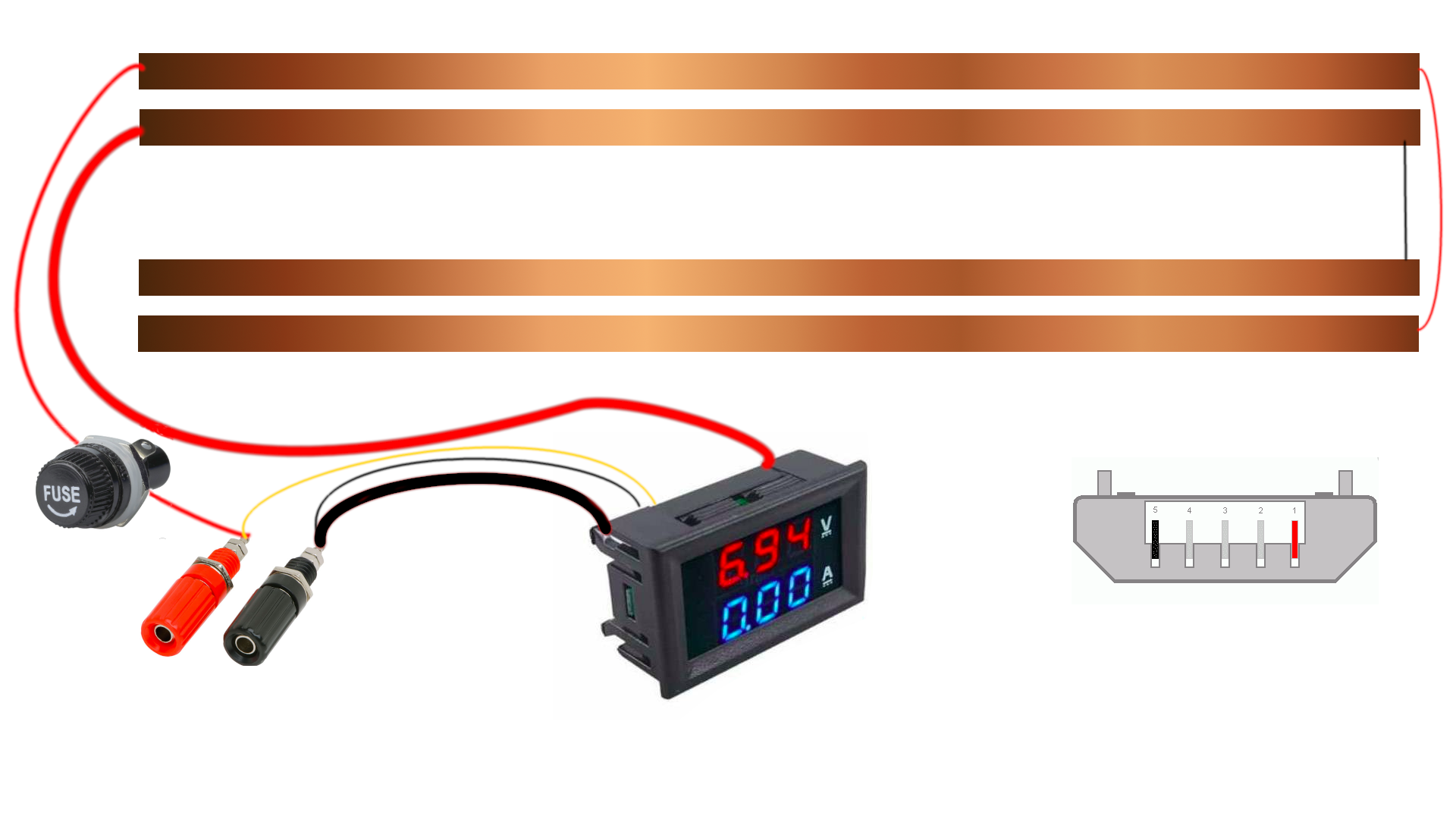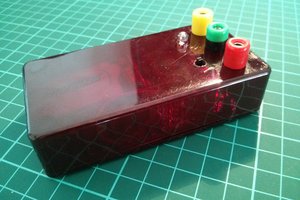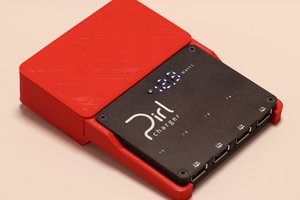This project uses a ATX power supply, these supply a significant amount of current compared to a phone charger.
Power is delivered to each connect via copper wire strips and low-cost micro USB cables.
The result is a funky-looking functional battery charger.
 jasonwinfieldnz
jasonwinfieldnz

 x-labz
x-labz
 Benchoff
Benchoff
 Henrik Alexandersson
Henrik Alexandersson
 Meta Unknown
Meta Unknown